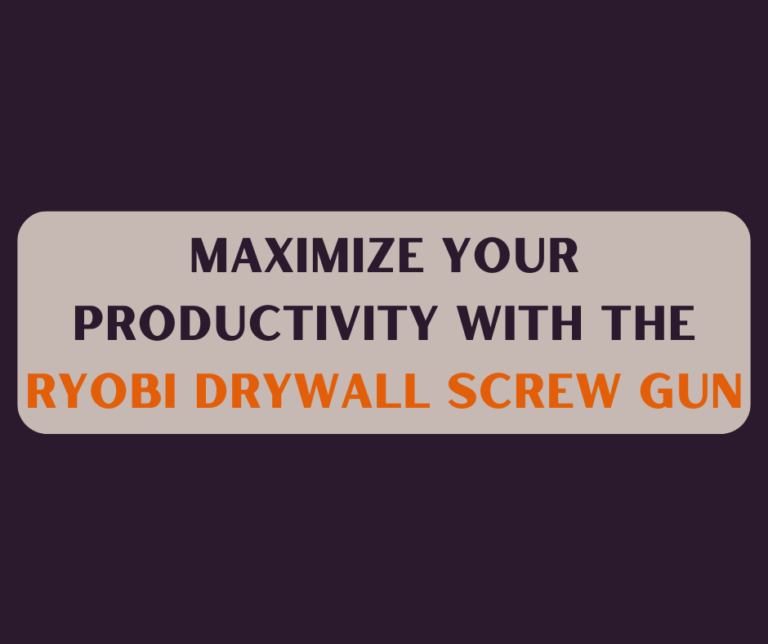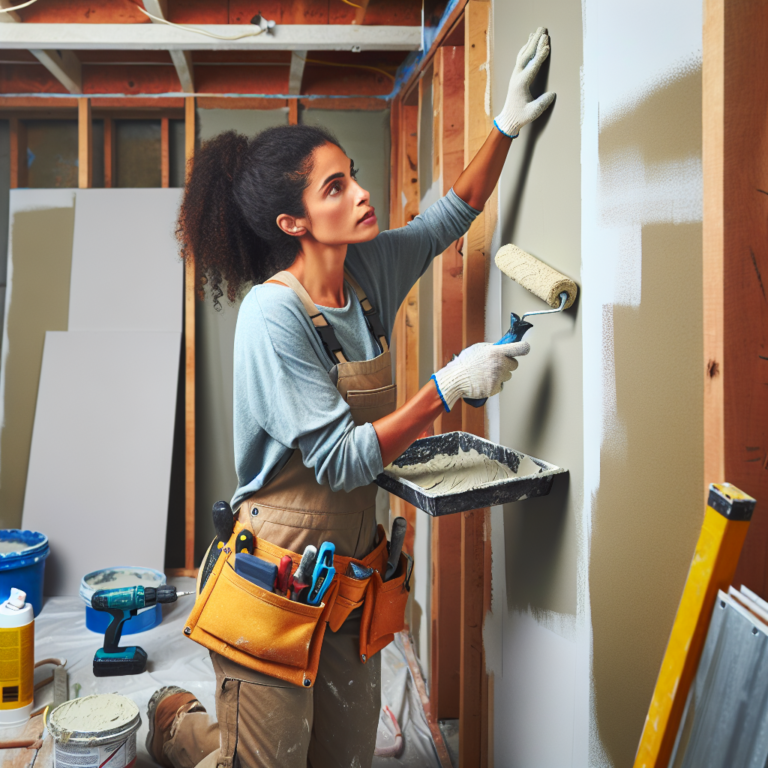Flat Box Vs Hand Taping Reviewed: What You Need to Know
When it comes to drywall finishing, there are a variety of methods and tools available that can make or break your final results. As a contractor working in the field, I’ve tried my hand at both flat boxing and hand taping, navigating the pros and cons of each approach. Both techniques have passionate proponents, and knowing which one to use can greatly impact the quality of your work and efficiency on the job site. In this post, we’ll delve into the differences between flat box and hand taping methods, analyze their respective advantages and disadvantages, and help you choose the best option for your projects.
First-hand Experience: The Decision to Choose
The first time I encountered the choice between flat boxing and hand taping was during a large commercial drywall project. The client insisted on a smooth finish to match their sophisticated decor. Initially, I went with hand taping, utilizing a variety of hand tools. While the finish turned out decent, it was tedious, time-consuming, and the quality varied with each joint. Frustrated, I shifted gears and switched to a flat box system. This switch resulted in not only higher efficiency but also improved quality. It was in that moment I learned that choosing the right tool could be just as crucial as the technique itself.
Understanding the Techniques
What is Flat Boxing?
Flat boxing involves using a flat box tool—specifically designed to apply joint compound to tape laid on drywall seams. Using a flat box allows for a uniform application, providing control and consistency. The principle is straightforward; you fill the box with compound, glide it along the taped seams, and it applies the mud while smoothing it at the same time.
Key benefits of flat boxing include:
- Efficiency: The speed at which you can finish joints is significantly improved.
- Consistency: Flat boxes create a uniform layer of compound, reducing the likelihood of imperfections.
- Less Overspray: When used correctly, flat boxes minimize the mess typically associated with traditional hand taping.
For those considering this method, utilizing tools from the Level5 Flat Box Combo can be a game-changer. These tools are engineered for reliability and enhanced performance.
What is Hand Taping?
Hand taping, on the other hand, is a traditional method where the drywall tape is hand-applied using a joint knife or a taping knife. This technique requires more manual dexterity, and the success of the finish largely relies on the individual’s skill level.
Key benefits of hand taping include:
- Control: You have direct control over the amount of mud applied and can adjust as necessary.
- Cost-Effective: Hand taping requires fewer specialized tools and may be more accessible for new contractors.
- Versatility: It can be less cumbersome in tight spaces or when doing detailed work.
For optimal hand taping results, investing in Level5 Taping Knives can significantly enhance your precision and comfort during the taping process.
A Side-by-Side Comparison
Speed and Efficiency
- Flat Boxing: Faster application allows for quicker project completion, saving you time on job sites and increasing your productivity.
- Hand Taping: Generally slower due to the need for multiple passes and adjustments, which can extend project completion time.
Quality of Finish
- Flat Boxing: Produces a smooth and even finish, reducing the need for sanding and additional coats.
- Hand Taping: While skilled tapers can achieve excellent results, variability in technique can result in inconsistent finishes.
Learning Curve
- Flat Boxing: Some learning is required to get comfortable with the tool, but once mastered, it provides significant returns in efficiency.
- Hand Taping: Requires practice to perfect, and the quality directly correlates to the user’s experience and skill level.
Cost and Investment
- Flat Boxing Equipment: While the up-front investment can be higher, the time saved may lead to greater profitability in the long run.
- Hand Taping Tools: Minimal initial costs, making it an attractive option for those starting their careers.
Making the Right Choice
So, how do you decide between flat boxing and hand taping? Here are a few factors to consider:
- Project Size: For larger projects, flat boxing can greatly speed up the finishing process.
- Skill Level: If you or your team is more experienced with hand tools, hand taping might yield better results initially.
- Desired Finish: If a smooth, professional finish is essential, flat boxing is typically the preferred method.
- Budget Constraints: If equipment investment is a concern, starting with hand taping is a viable option, with the possibility of upgrading later.
Expert Tips for Success
If you decide to opt for flat boxing, here are expert tips for achieving the best results:
- Keep the Flat Box Full: A consistent mud supply allows for smoother application without interruptions.
- Use the Right Techniques: Glide the box along the joint with even pressure to avoid heavy spots and gaps.
- Invest in Quality Tools: Using Level5 Skimming Blades can enhance your ability to achieve a superior finish.
For hand tapers, consider these tips:
- Practice Your Technique: Spend time perfecting your skills away from critical projects.
- Use Quality Hand Tools: Quality joint knives and mud pans can greatly improve your workflow and finishing quality.
Conclusion
In the battle of flat box vs hand taping, there is no definitive winner. Each method has its strengths and weaknesses depending on the specific project and the individual’s skill level. Whether you lean toward the speed and efficiency of flat boxing, or the control and tradition of hand taping, understanding each method allows you to make informed decisions for your work.
If you’re looking to enhance your drywall finishing skills further, check out The Best Drywall Taping Techniques or Drywall Skimming Tips for a Flawless Finish. Do you have a preference between flat boxing and hand taping? Share your experiences in the comments below!


